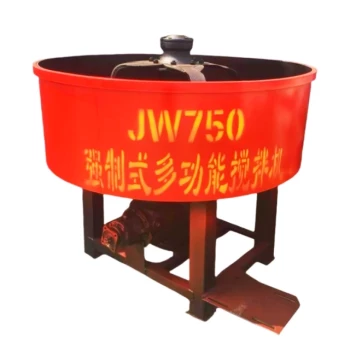Selecting the optimal wire rope core is a critical decision that impacts operational safety, equipment longevity, and compliance with industry standards. This guide breaks down core types, key selection criteria, and real-world applications to help you match rope cores to your specific operational demands.
Wire Rope Core Types and Critical Properties
Material Composition and Structural Design
Wire rope cores fall into two primary categories:
-
Steel Cores (IWRC/Independent Wire Rope Core)
- Highest tensile strength and crush resistance
- Ideal for heavy-load scenarios like mining hoists
- Prone to corrosion without proper coatings
-
Fiber Cores (NFC/SFC – Natural/Synthetic Fiber Core)
- Greater flexibility and shock absorption
- Susceptible to moisture damage but non-conductive
- Synthetic variants (e.g., polypropylene) replace asbestos in marine environments
Ever wondered why some cranes use hybrid core designs? The answer lies in balancing flexibility under dynamic loads with resistance to abrasion.
Temperature Tolerance and Flexibility Trade-offs
- Metal cores maintain integrity in high-heat environments (e.g., steel mills) but stiffen in sub-zero temperatures.
- Synthetic cores degrade above 180°F (82°C) but outperform steel in Arctic drilling rigs where -40°F (-40°C) is common.
Decision Factors for Core Selection
Load Dynamics and Environmental Stressors
Consider these forces:
| Factor | Metal Core Solution | Fiber Core Solution |
|---|---|---|
| Shock Loads | Poor (rigid structure) | Excellent (energy absorption) |
| Corrosion | Requires galvanization | Naturally resistant |
| Bend Fatigue | Moderate lifespan | Extended service life |
Think of core selection like choosing tires for a vehicle—mud terrains won’t work on icy roads, and slicks fail in rain.
Industry-Specific Compliance Requirements
- Mining (MSHA/NIOSH): Mandates steel cores for hoisting systems due to fire resistance.
- Marine (ABS/DNV): Synthetic cores dominate offshore rigging to prevent electrolytic corrosion.
- Construction (OSHA): Requires anti-rotation cores for tower crane applications.
Application Case Studies and Modern Innovations
Mining Hoisting Systems: Metal Core Durability
A 2021 study of Chilean copper mines showed:
- IWRC ropes lasted 18 months vs. 9 months for fiber cores in shaft hoists.
- Regular lubrication reduced internal wire breaks by 62%.
Synthetic Core Replacements for Asbestos in Offshore Rigging
Polyester-core ropes now dominate due to:
- Zero health hazards compared to legacy asbestos cores.
- 30% lighter weight, reducing deck machinery strain.
Key Takeaways and Actionable Advice
- Prioritize safety margins—Always exceed minimum breaking strength requirements by 20% for dynamic loads.
- Match cores to environmental extremes—Heat, moisture, and chemical exposure dictate material choices.
- Consult compliance early—Regulatory bodies often specify core types for critical applications.
For operations involving winches and heavy machinery, ensure compatibility between rope cores and branded equipment load ratings. Regular inspection protocols—checking for core degradation signs like diameter reduction or stiffness—prevent catastrophic failures.
Next time you evaluate a wire rope, ask: "Does this core solve my toughest operational challenge, or is it a compromise waiting to fail?"
Related Products
- HZS75 Concrete Batching Plant Cement Mixer Price Concrete Mixer Bunnings Mixing Plant
- HZS120 Ready Mix Concrete Batching Plant Commercial Mud Cement Mixer
- HZS180 Ready Mix Concrete Plant for Foundations with Sand and Cement
- JW1000 Mobile Cement Mixer Concrete Mixer Truck and Batching Plant
- Commercial Construction Mixer Machine for Soil Cement Mixing Concrete
Related Articles
- How to Prevent Equipment Failure in Concrete Mixing Stations: A Safety Inspector’s Guide
- Optimizing Concrete Plant Storage: How to Balance Capacity, Compliance, and Costs
- How to Protect Concrete Mixing Stations From Extreme Weather Damage
- How to Choose Between Concrete and Stabilized Soil Mixing Plants for Optimal Project Performance
- How to Diagnose, Repair, and Prevent Cylinder Leaks in Concrete Mixing Stations











